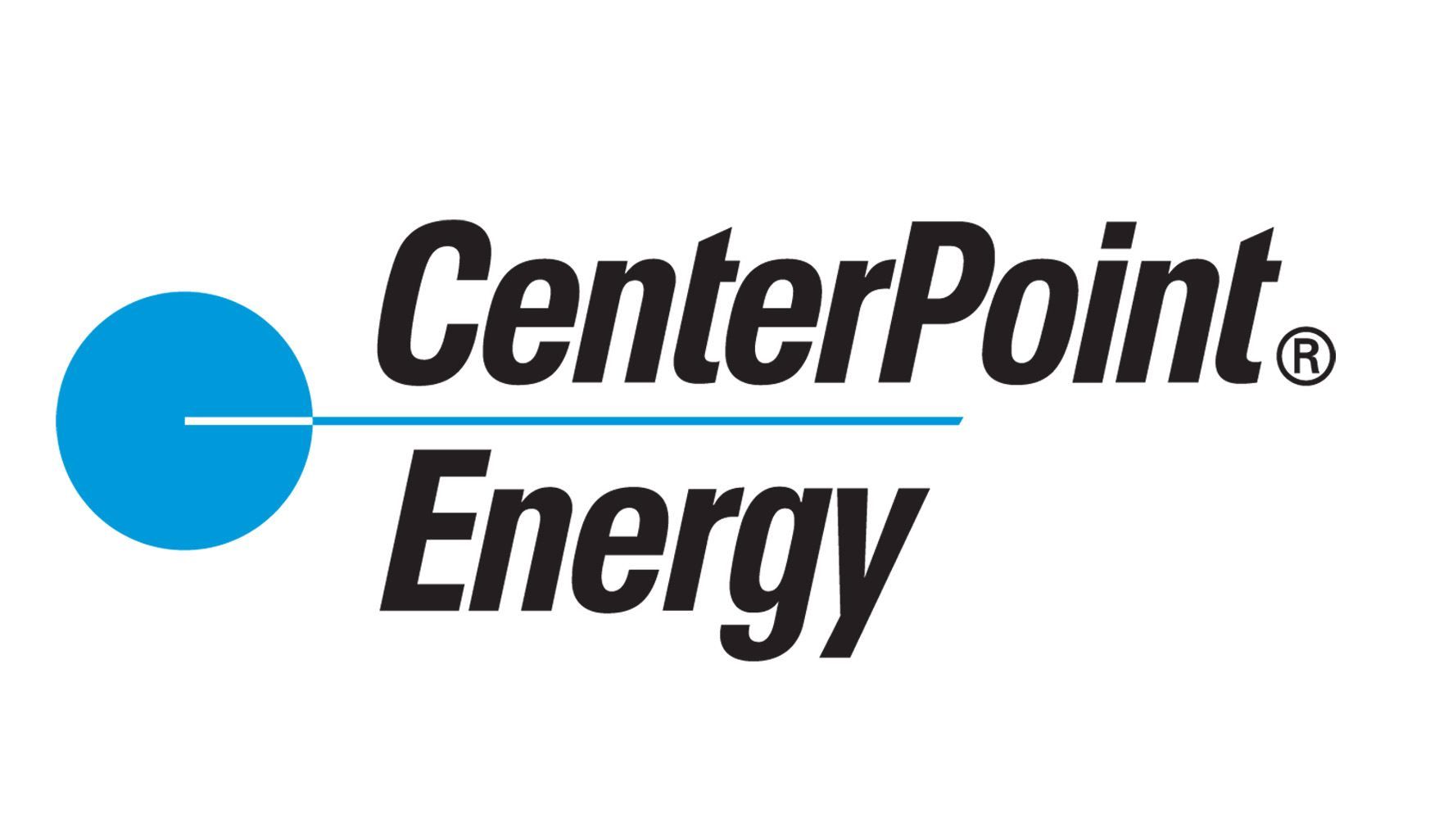
On top of their already burdened workloads, CMOs in 2024 hustled to decipher fact from fiction in the endless barrage of generative AI (genAI)-related headlines that saturated the marketing trades. But as marketing rings in yet another new year, 2025 will be one that’s less sensationalized and more operationalized. Martech consolidation, consumer privacy laws, data hygiene, and, yes, AI automation will tip CMOs to tidy up their marketing functions.
As a result, we expect marketing operations to take center stage. But to ensure that CMOs don’t lose sight of opportunistic growth drivers in 2025, they’ll rely more on their trusted direct reports for the day-to-day management of the marketing function. This will allow CMOs to step up and into the broader business to lead amid a heightened confluence of operation and opportunity — to reduce redundancy, increase effectiveness, and cultivate creativity.
As for genAI? It gets real in 2025: CMOs will begin to demonstrate tangible efficiencies but not enough to affect marketing headcount (just yet). As we look ahead to the B2C marketing landscape in 2025, Forrester predicts that: GenAI will push one in four CMOs to codify their marketing operations function. The hyped-up potential of genAI in creative development and marketing insights will be a catalyst in 2025 to force marketing ops’ evolution beyond a stopgap to mask poor planning, resource misalignment, and inefficient processes.
To get there, marketing teams will need to proactively identify stakeholders, define process interlocks, formalize responsibilities, and measure success across six B2C marketing ops disciplines. In 2024, marketers focused on genAI as an efficiency play, but in 2025, mature marketing ops functions will add marketing effectiveness to their genAI playbook. Investment to unify data for the loyalty and marketing tech stacks will triple.
Factors including economic pressure to increase efficiency and consumers’ demand for continuity across customer experiences will converge in 2025 — pushing loyalty and martech together. While eliminating redundant channel execution across marketing and loyalty is low-hanging fruit, the most impactful and pragmatic opportunity lies with synchronizing data. The data gap between marketing and loyalty practices is wide today: Eight in 10 US B2C marketing executives utilize separate data assets for loyalty and martech.
2025 calls for a unified data strategy that delivers consistent and expanded data access. First-time enforcement of new privacy laws will fracture marketing-legal relationships. By the end of 2024, eight new US state laws and regulations in Quebec (Canada), Indonesia, Oman, Saudi Arabia, and elsewhere will be in effect.
As countries around the world enforce these new privacy laws for the first time in 2025, CMOs will get mired in navigating different requirements and jurisdictions. In the US, frustrated companies will push for progress on a federal privacy law to simplify when, where, and how they can process customer data. In the meantime, marketers should brace themselves for complicated (and, in some cases, conflicting) directions on how to comply with new laws.
Download our complimentary Predictions guide for B2C marketing, customer experience, and digital leaders, which covers more of our top predictions for 2025. Find additional complimentary resources, including webinars, on the Predictions 2025 hub . This post was written by VP, Research Director Mike Proulx and it originally appeared here .
.













